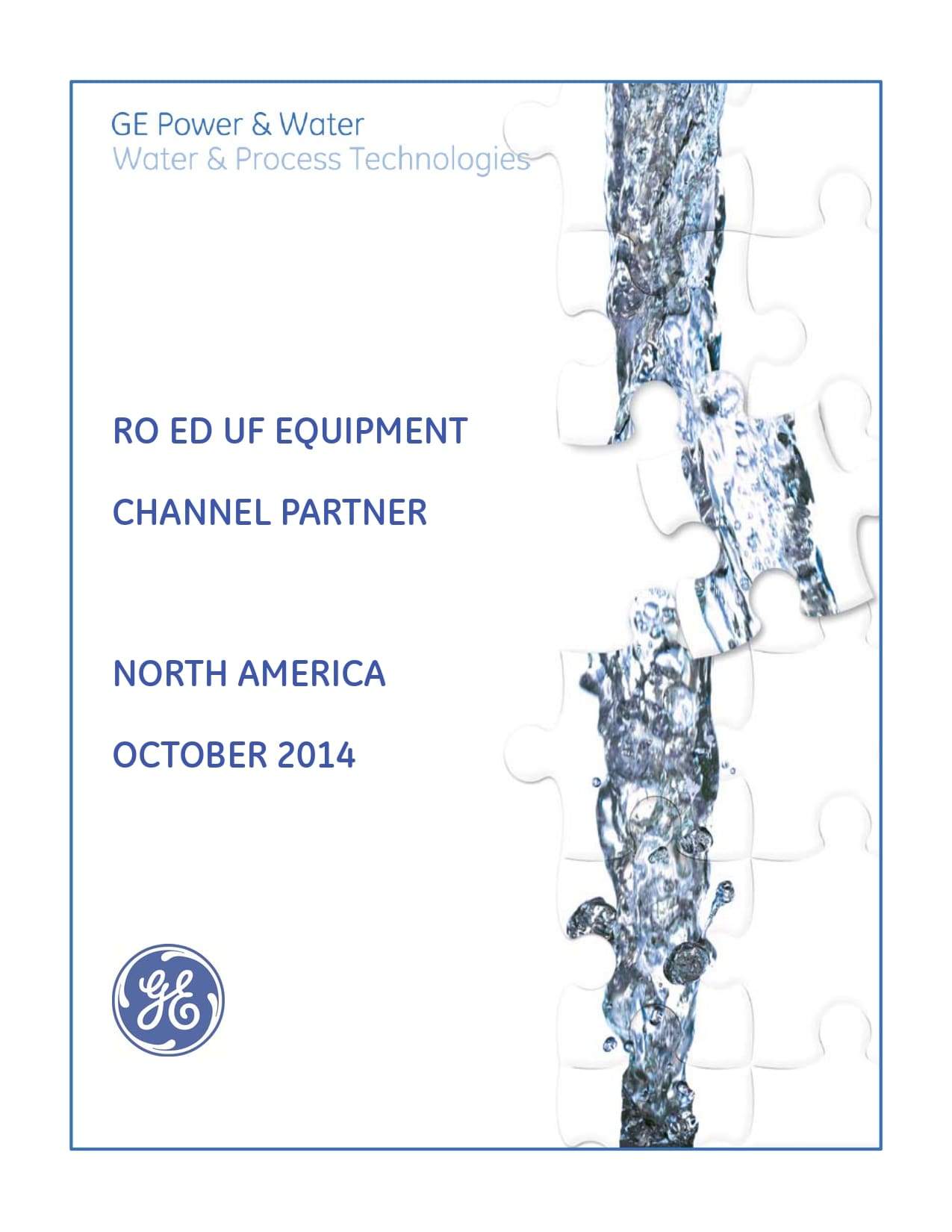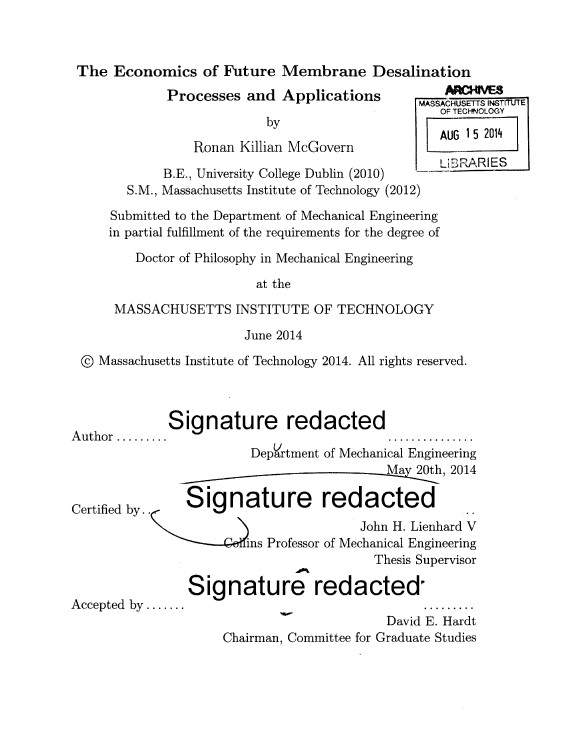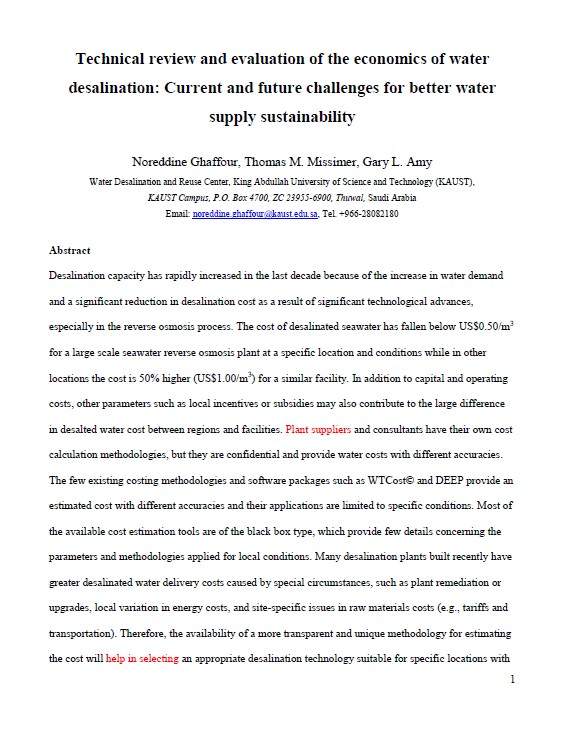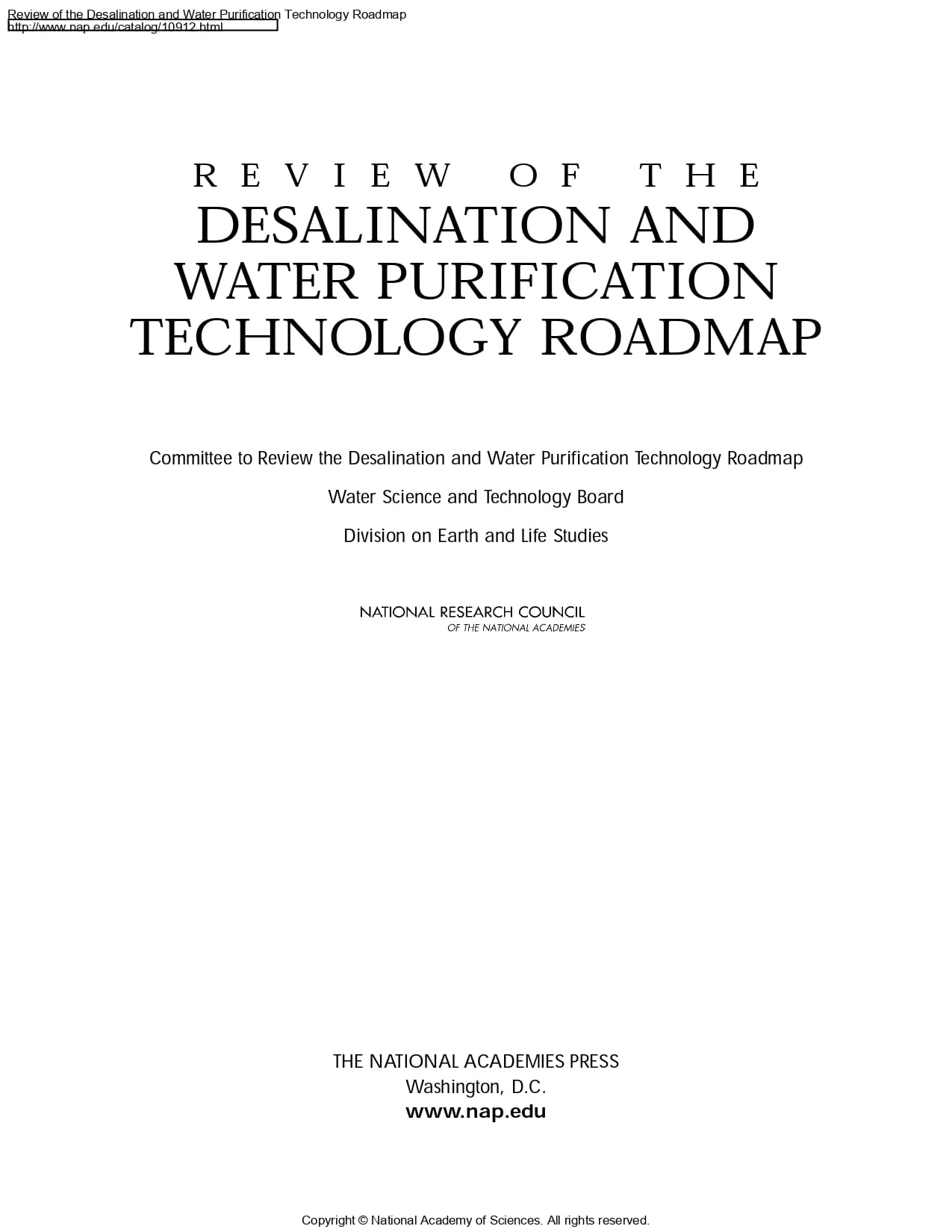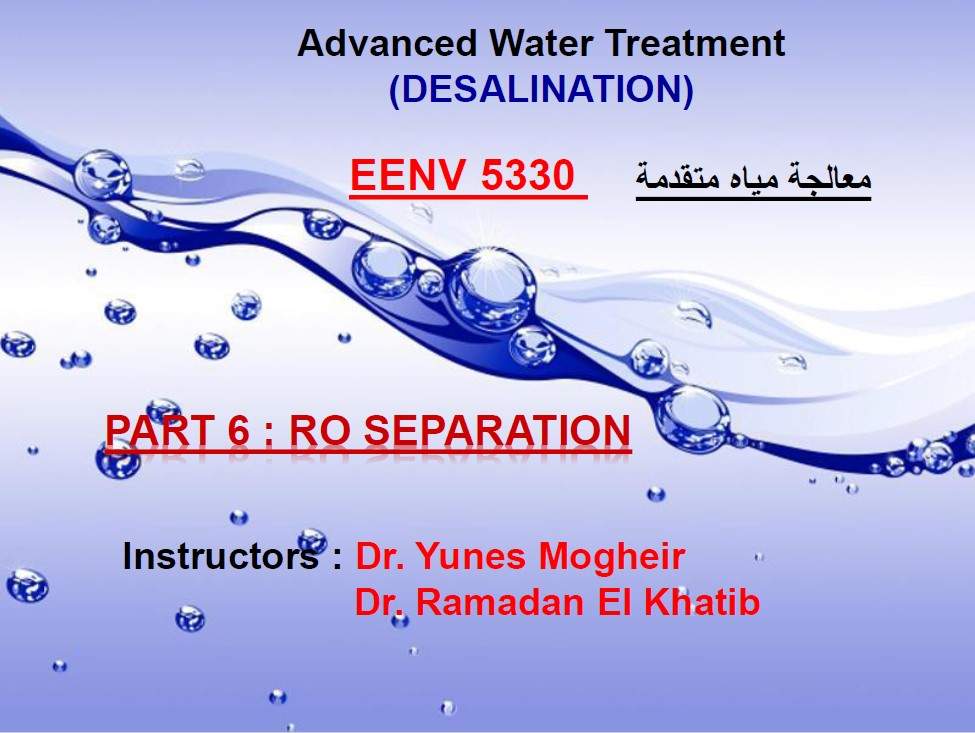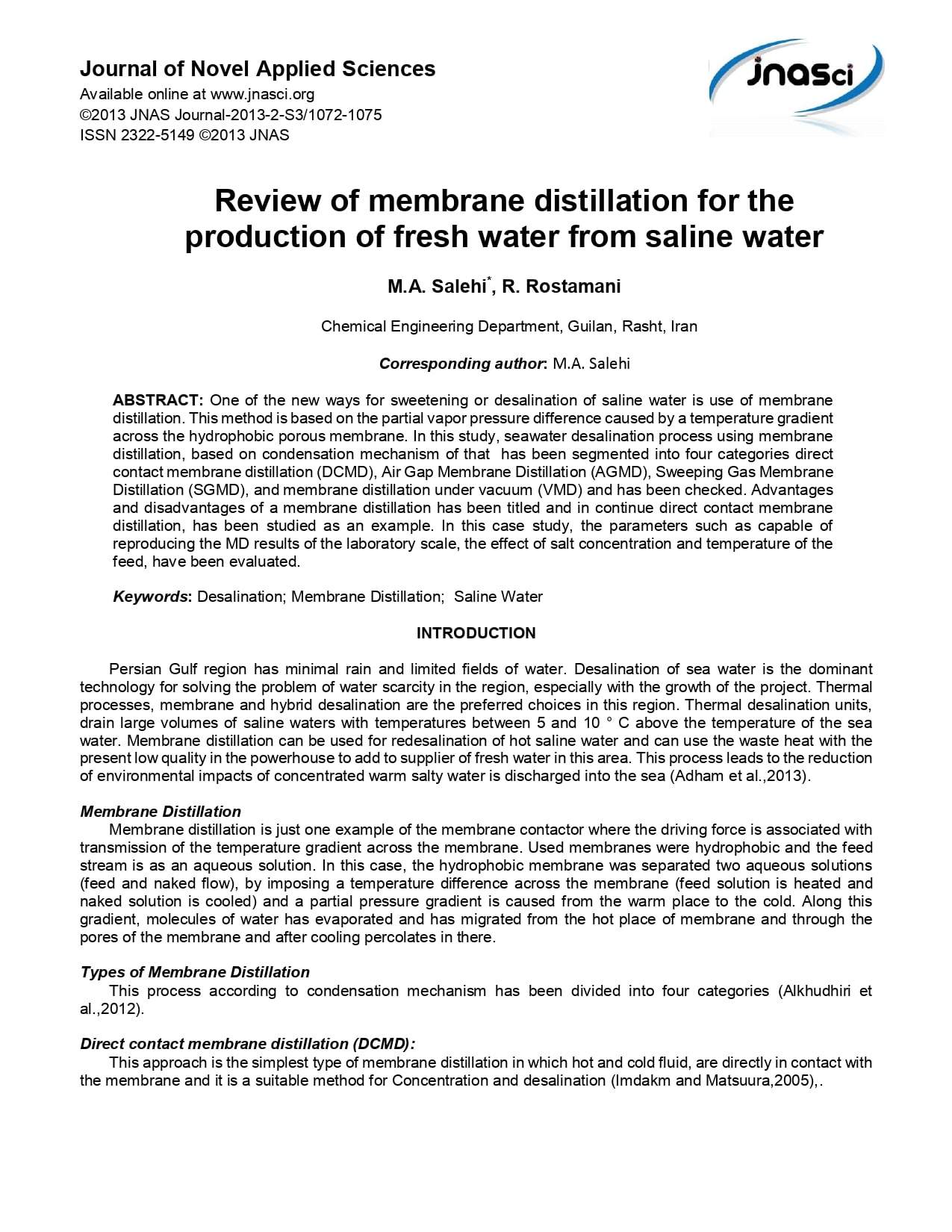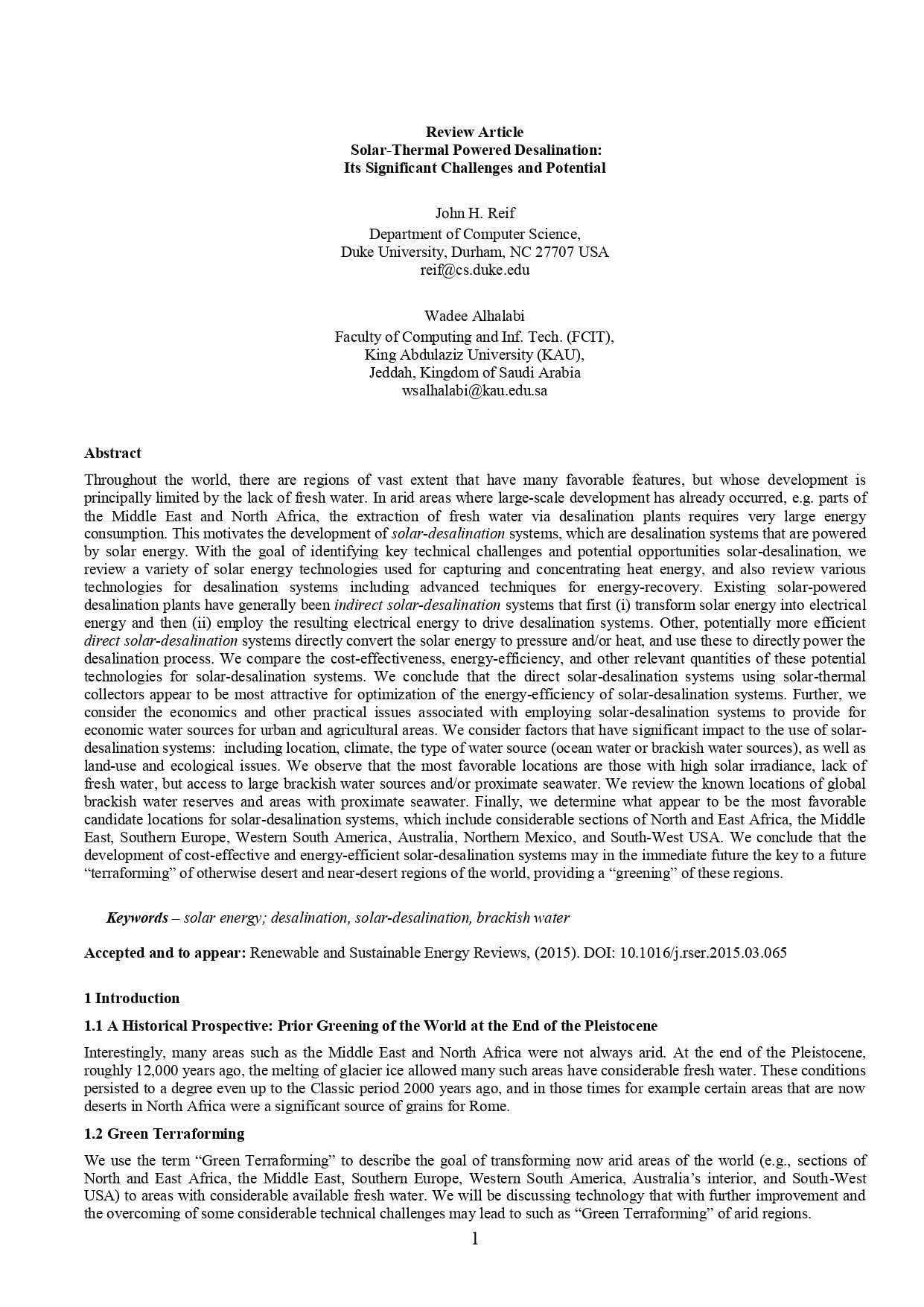Sagia Water-Value-Proposition Desalination v20
The General Investment Authority is the Kingdom’s investment promotion agency, tasked with attracting diversified investments into the country and serving as an advocate for investors .As a result, “Invest Saudi” brand has been created to promote Saudi Arabia as a world-class destination for investments.
Sagia Water-Value-Proposition Desalination v20
The General Investment Authority is the Kingdom’s investment promotion agency, tasked with attracting diversified investments into the country and serving as an advocate for investors .As a result, “Invest Saudi” brand has been created to promote Saudi Arabia as a world-class destination for investments.
RO ED UF Equipment Channel Partner
GE Water & Process Technologies is a leading global solutions provider of water, wastewater, desalination and process systems, offering chemicals, filtration equipment, monitoring and separation technologies. We are helping companies across the globe reuse more than 21 billion gallons of water each year.
RO ED UF Equipment Channel Partner
GE Water & Process Technologies is a leading global solutions provider of water, wastewater, desalination and process systems, offering chemicals, filtration equipment, monitoring and separation technologies. We are helping companies across the globe reuse more than 21 billion gallons of water each year.
Review Of The Desalination And Water Purification Technology Roadmap
The Desalination and Water Purification Technology Roadmap (Roadmap), developed by the Bureau of Reclamation and Sandia National Laboratories, has identified desalination and water purification technologies as one component of the solution to the nation's future water needs.
The Roadmap was developed to present “broad research areas that are representative of the types of scientific and technical advances that will be necessary for desalination and water purification technologies to find wide acceptance” (USBR and SNL, 2003). The Roadmap will be used to guide desalination research and investments in the United States, in hopes of contributing to a water supply that is safe, sustainable, affordable, and adequate.
Review Of The Desalination And Water Purification Technology Roadmap
The Desalination and Water Purification Technology Roadmap (Roadmap), developed by the Bureau of Reclamation and Sandia National Laboratories, has identified desalination and water purification technologies as one component of the solution to the nation's future water needs.
The Roadmap was developed to present “broad research areas that are representative of the types of scientific and technical advances that will be necessary for desalination and water purification technologies to find wide acceptance” (USBR and SNL, 2003). The Roadmap will be used to guide desalination research and investments in the United States, in hopes of contributing to a water supply that is safe, sustainable, affordable, and adequate.
Review of Membrane Distillation For The Production of Fresh Water From saline water
One of the new ways for sweetening or desalination of saline water is use of membrane distillation. This method is based on the partial vapor pressure difference caused by a temperature gradient across the hydrophobic porous membrane. In this study, seawater desalination process using membrane distillation, based on condensation mechanism of that has been segmented into four categories direct contact membrane distillation (DCMD), Air Gap Membrane Distillation (AGMD), Sweeping Gas Membrane Distillation (SGMD), and membrane distillation under vacuum (VMD) and has been checked. Advantages and disadvantages of a membrane distillation has been titled and in continue direct contact membrane distillation, has been studied as an example. In this case study, the parameters such as capable of reproducing the MD results of the laboratory scale, the effect of salt concentration and temperature of the feed, have been evaluated.
Review of Membrane Distillation For The Production of Fresh Water From saline water
One of the new ways for sweetening or desalination of saline water is use of membrane distillation. This method is based on the partial vapor pressure difference caused by a temperature gradient across the hydrophobic porous membrane. In this study, seawater desalination process using membrane distillation, based on condensation mechanism of that has been segmented into four categories direct contact membrane distillation (DCMD), Air Gap Membrane Distillation (AGMD), Sweeping Gas Membrane Distillation (SGMD), and membrane distillation under vacuum (VMD) and has been checked. Advantages and disadvantages of a membrane distillation has been titled and in continue direct contact membrane distillation, has been studied as an example. In this case study, the parameters such as capable of reproducing the MD results of the laboratory scale, the effect of salt concentration and temperature of the feed, have been evaluated.
Review Article Solar-Thermal Powered Desalination Its Significant Challenges And Potential
Throughout the world, there are regions of vast extent that have many favorable features, but whose development is principally limited by the lack of fresh water. In arid areas where large-scale development has already occurred, e.g. parts of the Middle East and North Africa, the extraction of fresh water via desalination plants requires very large energy consumption. This motivates the development of solar-desalination systems, which are desalination systems that are powered by solar energy.
With the goal of identifying key technical challenges and potential opportunities solar-desalination, we review a variety of solar energy technologies used for capturing and concentrating heat energy, and also review various technologies for desalination systems including advanced techniques for energy-recovery. Existing solar-powered desalination plants have generally been indirect solar-desalination systems that first (i) transform solar energy into electrical energy and then (ii) employ the resulting electrical energy to drive desalination systems. Other, potentially more efficient direct solar-desalination systems directly convert the solar energy to pressure and/or heat, and use these to directly power the desalination process
Review Article Solar-Thermal Powered Desalination Its Significant Challenges And Potential
Throughout the world, there are regions of vast extent that have many favorable features, but whose development is principally limited by the lack of fresh water. In arid areas where large-scale development has already occurred, e.g. parts of the Middle East and North Africa, the extraction of fresh water via desalination plants requires very large energy consumption. This motivates the development of solar-desalination systems, which are desalination systems that are powered by solar energy.
With the goal of identifying key technical challenges and potential opportunities solar-desalination, we review a variety of solar energy technologies used for capturing and concentrating heat energy, and also review various technologies for desalination systems including advanced techniques for energy-recovery. Existing solar-powered desalination plants have generally been indirect solar-desalination systems that first (i) transform solar energy into electrical energy and then (ii) employ the resulting electrical energy to drive desalination systems. Other, potentially more efficient direct solar-desalination systems directly convert the solar energy to pressure and/or heat, and use these to directly power the desalination process



